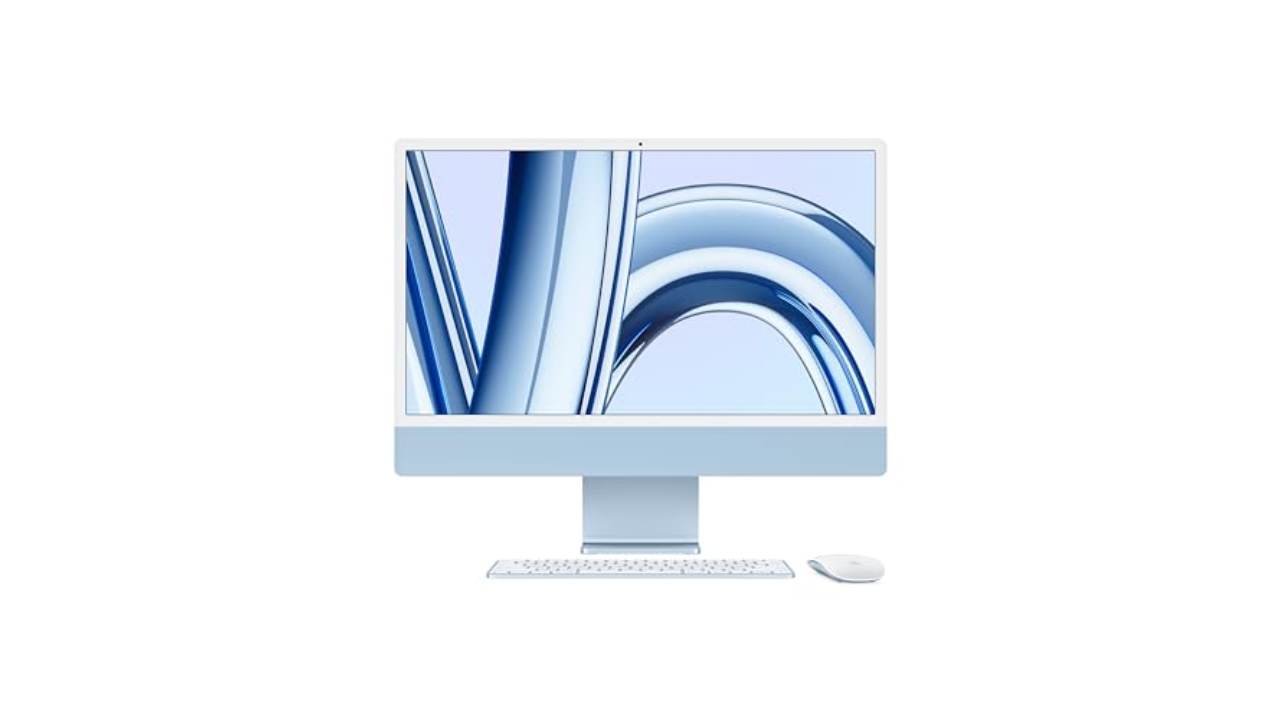A 1000 yen note on a tray at a souvenir shop in Hakone, Japan, on Tuesday, Nov. 22, 2022.
SeongJoon Cho | Bloomberg | Getty Images
Among major central banks, the Bank of Japan has been most notorious for its ultra-loose monetary policy, but that must come to an end soon to support the country’s currency, according to Deutsche Bank.
“For the yen to do something meaningfully better you really need more of a dovish pivot in every other central bank, or the Bank of Japan really has to start walking away from quantitative easing and negative rates,” Tim Baker G10 FX strategist at Deutsche Bank told CNBC’s Street Signs Asia.

Quantitative easing is when a central bank tries to increase the liquidity in its financial system by buying long-term government bonds from the country’s largest banks.
The yen, which was last trading at 148.98 against the dollar, will clock a 33-year low against the greenback if it weakens below 151.94.
The BOJ has used various quantitative easing tools to reflate the economy in the last three decades.
“There’s so much QE they’re (BOJ) doing now, more than the Fed and ECB ever did. But the BOJ has been behind the curve on inflation, they keep having to upgrade their numbers, they keep getting surprised. They just seem to be going a bit too slow,” Baker added.

Credit: Source link














